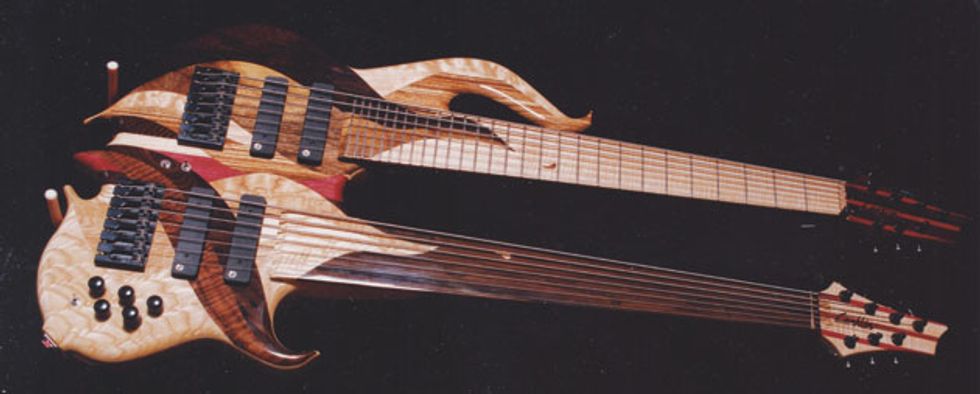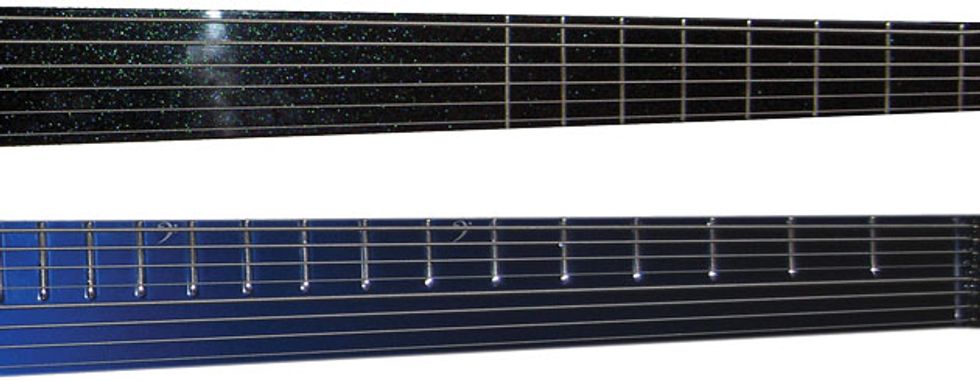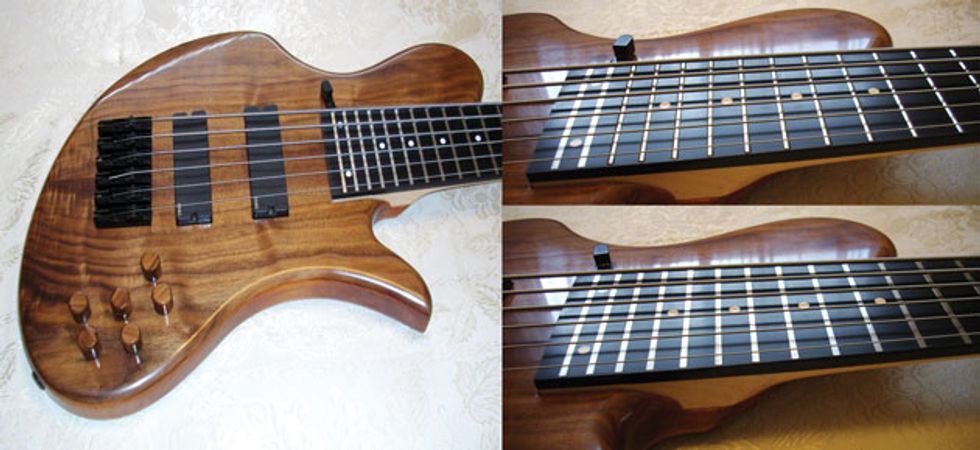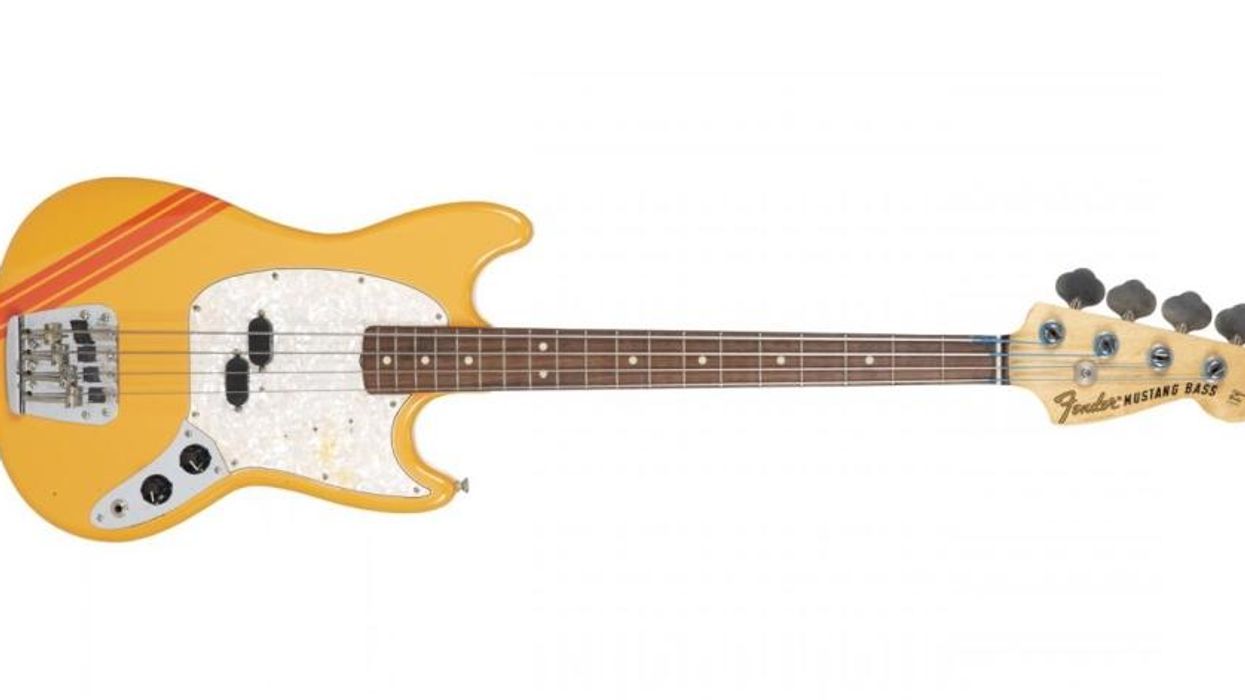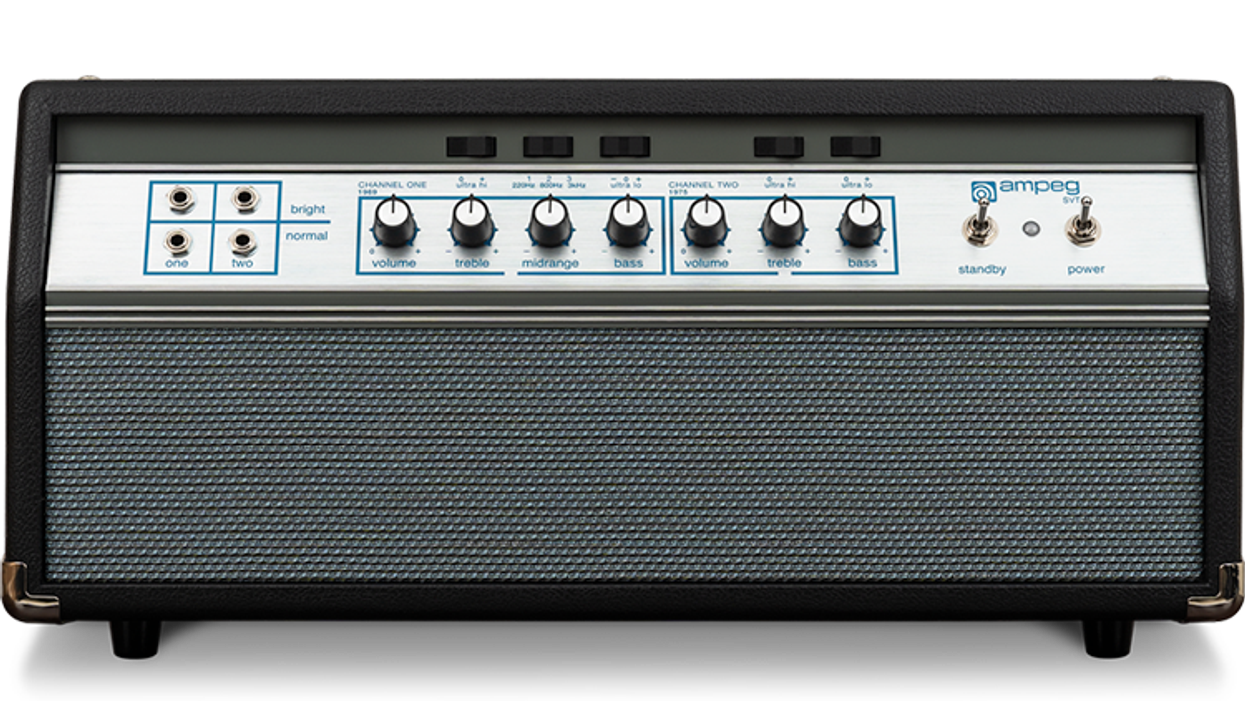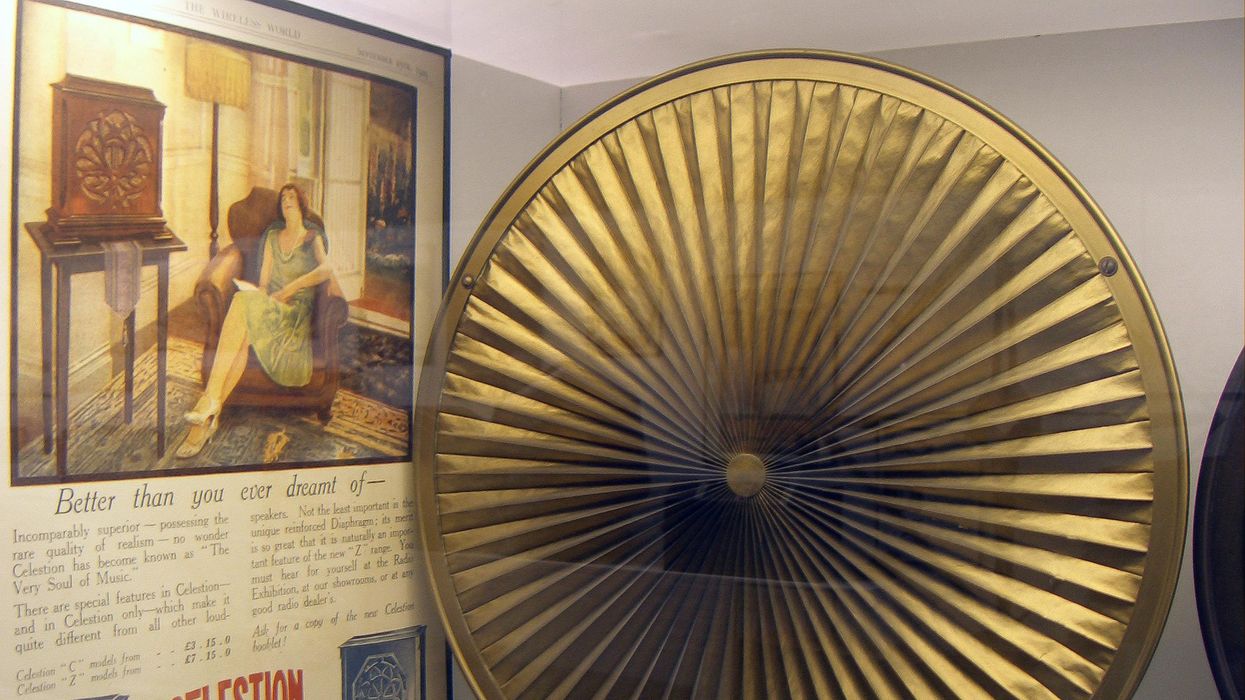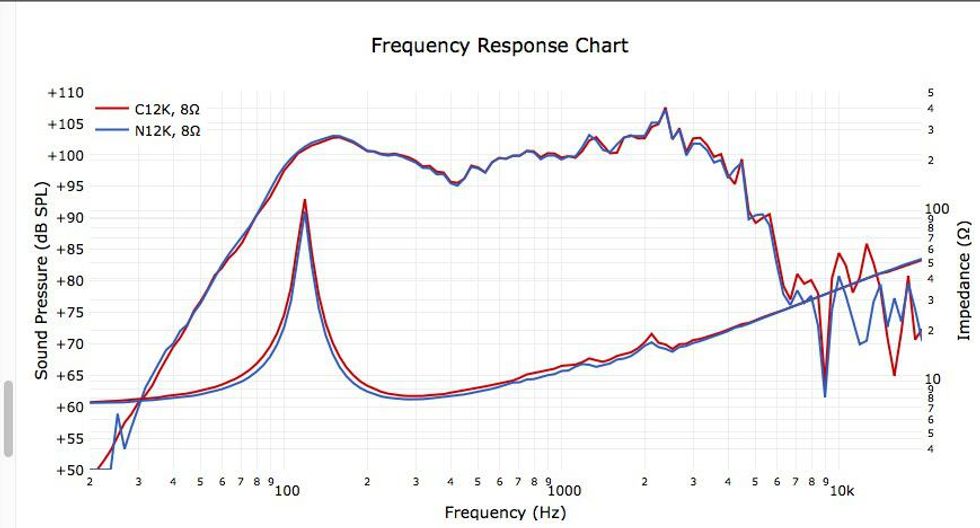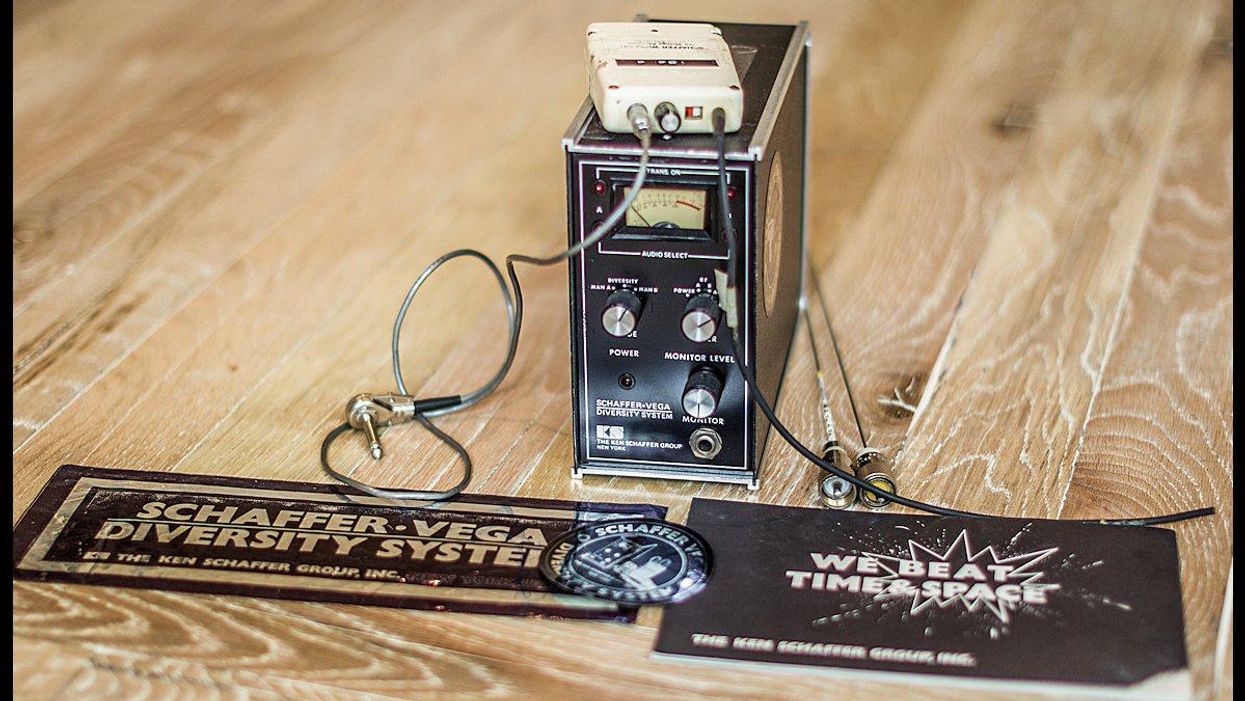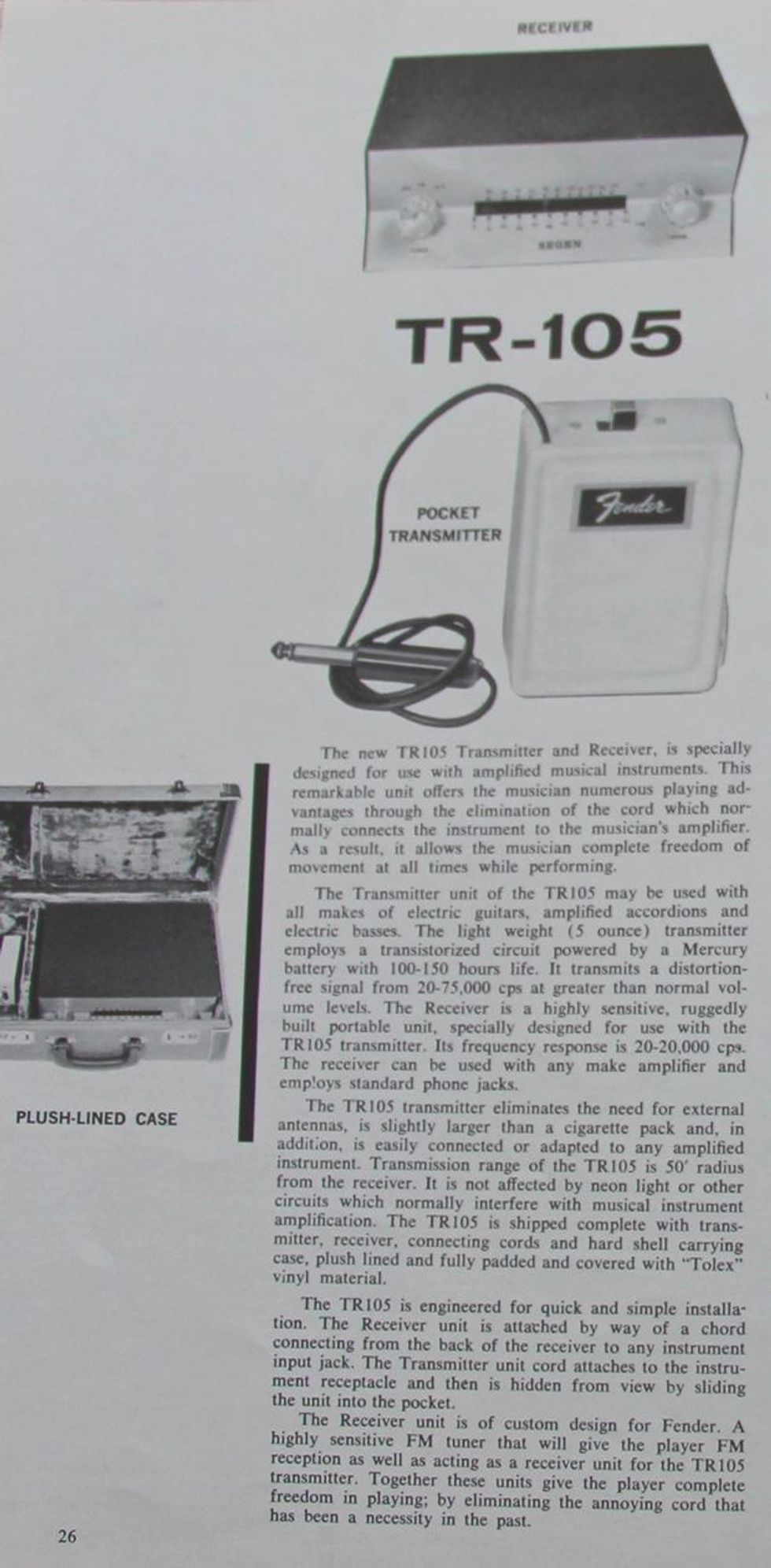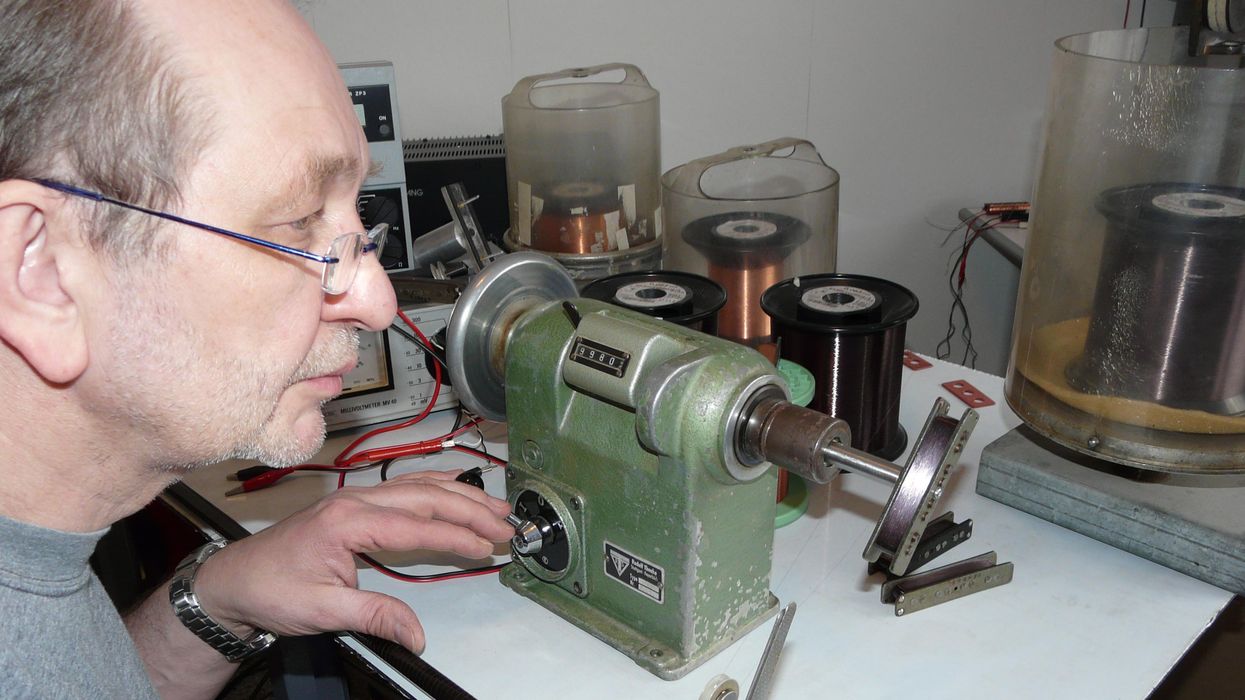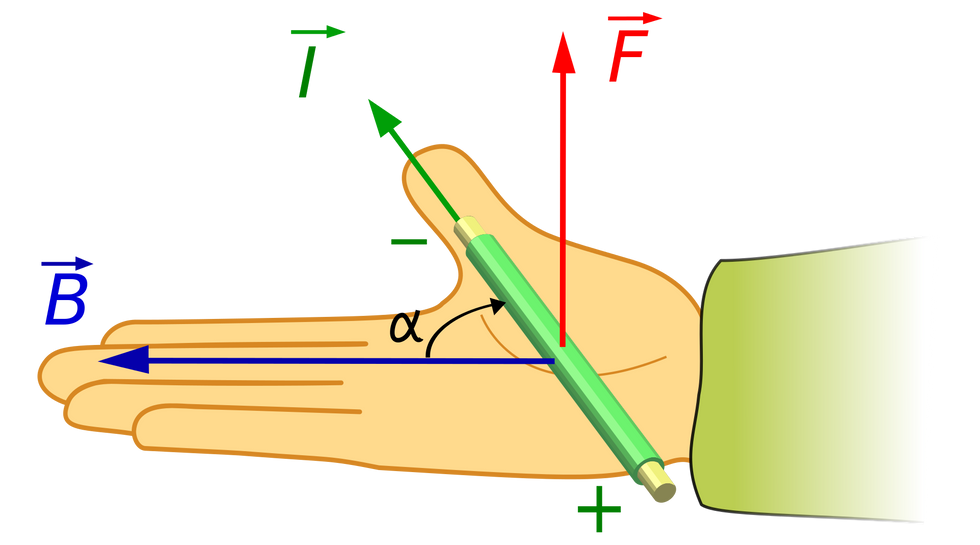An eye-catching double-neck. Photo courtesy of conklinguitars.com
Granted, the fretted bass is usually the weapon of choice for most low-enders. Yet when you look at how far clever people will go to have a fretless bass at hand, you can appreciate how much bassists love its sound. Let’s look at several designs that simultaneously put both worlds at your fingertips.
Divide and conquer. The most obvious solution is the double-neck. Comprising a pair of independent instruments, a double-neck is huge and heavy—nothing you’d like to shoulder on a long gig. Add a road case for traveling, and now it feels as if you’re hauling a second speaker cabinet. That’s why to save weight and reduce a double-neck’s overall size, some luthiers will use headless construction.
The big advantage of a double-neck is that each half can be tweaked for a specific purpose. By using different electronics, pickups, hardware, and neck woods, a builder can fine-tune each instrument for its dedicated task. Photo 1 shows a visually stunning Conklin 7-string double-neck that embodies this concept.
Compare these split fretboards. Photo courtesy basslab.de
The hybrids. Over the years we’ve also seen single-neck instruments designed to produce both sounds. These hybrids sport fretted and fretless areas on a single neck, and there are different ways to accomplish this. One approach is to have seven, 12, or 15 frets, followed by a fretless region beyond that. For example, the first octave on an early-’80s Ibanez Musician AJ-10 Alphonso Johnson signature 4-string was fretted; above the 12th fret, the neck was fretless.
Alternatively, you can divide the ’board along the strings: Ibanez recently debuted a 5-string bass with frets under the lowest three strings, while the area under the two high strings is fretless.
The basses in Photo 2 illustrate both half-and-half concepts. But look closely at the blue 8-string—it’s basically a double-neck 4-string layout on a single neck.
Each single-neck solution has its advantages, depending on how well it’s executed and your playing technique. One thing they have in common is that slap-style is affected (at least more than any other technique) because, depending on the design, you can’t always slap the low or pop the high strings against a metal fret. Fretless slapping works, but definitely sounds different.
Consider this: When the area under an entire string is fretless, this usually allows for lower action. If you’re after that classic fretless tone, how the string hits the fingerboard is critical. When you have a mixed fretted/fretless area for each of the strings, the fretless zone needs to have higher action to compensate for fret height. Ultimately, you have to live with a compromised setup—either more buzz in the fretted area or a less intense fretless tone.
A lever rotates the frets to switch between a fretted and fretless playing surface. Photo courtesy mikeyguitar.com
The convertible solution. Ah, but there is a very technical, elaborate, and sophisticated solution for a single-neck hybrid: rotating frets! The profile of these frets is semicircular and their center rotates at the level of the fretboard. When the round side is up, you have a fretted surface; flip them over and the opposite side creates a flat fingerboard. All this with the single switch of a lever. Photo 3 shows both conditions, as well as the lever responsible for rotating the frets. Because you wouldn’t want to level the frets too often, if at all, they’re made of super-durable stainless steel.
Though the switching mechanism is complicated, it has been extensively tested and performs with consistent reliability, according to the manufacturer. You can find several demos of this technology by searching YouTube for “convertible bass (fretted/fretless).” In fretless mode, you might expect to hear a tonal difference when sliding over the two different materials, but that’s obviously not the case. It’s a very impressive system. There is just one thing that would make it perfect: a second lever at the bridge to compensate for fret height and provide an optimal setup in each mode.


